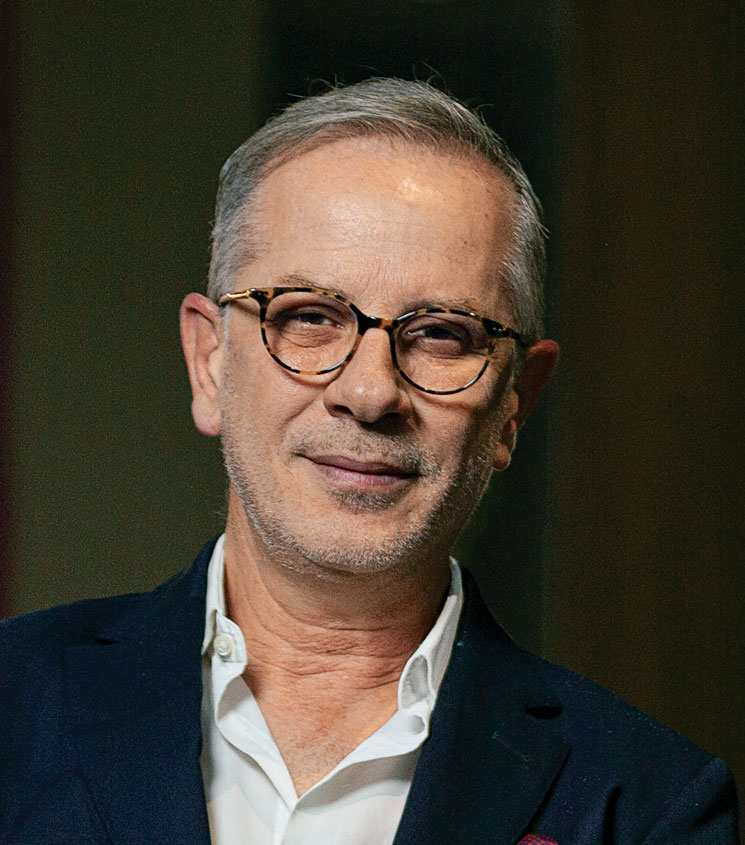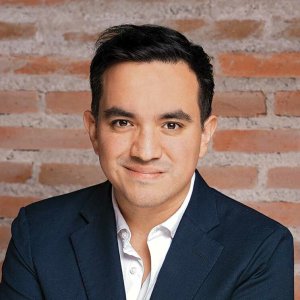Urban Public Transport by Cable: Safe, Reliable, Sustainable

STORY INLINE POST
One of the greatest challenges facing urban areas, particularly in Latin American cities, is collective urban transport. According to the United Nations’ 2018 Review of the Outlook for Global Urbanization, it is expected that the population of Mexico City by 2035 will total around 24.5 million[1], 2 million more than today. That is why fluid movement is considered critical for access to jobs, education and health, key factors in relieving poverty and social exclusion in low-income urban areas.
According to information provided by the Mexican Competitiveness Institute[2], every person who uses public transport spends an average of 432 hours a year in traffic while traveling between work and home, and car drivers spend 264 hours a year in traffic. This situation is usually worse in metropolitan areas, such as Mexico City, Monterrey, Guadalajara, Puebla and Tlaxcala, cities in which there is a great deal of traffic congestion.
Because of these factors, a number of urban specialists are now putting forward options other than traditional means of urban transport, of which the cable car has become popular. Many cities in the Latin American region have built cable car networks in the last decade to improve urban mobility, including Medellín, La Paz and, recently, Mexico City.
In the face of the expansion of cable transport networks, such as the cable car, their safety has become a key point of discussion. Despite the new technology being used to develop, build and operate these networks, a fundamental factor in guaranteeing passenger safety is certification.
Line 1 of the Cablebus in Mexico City, which runs 9.2km from Indios Verdes station to Cuautepec and Tlalpexco, .build from a quality, technology and market leader in ropeway engineering company, Doppelmayr an Austrian how operates production plants as well as sales and service centers in 50 countries worldwide, with more than 15,400 installations build for customers in 96 nations and was certified by TÜV SÜV, a company whose headquarters are in Munich, Germany, and which specializes in inspecting and auditing these transport networks so that they may be accredited and certified in accordance with Regulation EU 2016/424 for cable car networks in the European Union.
This certifying agency has more than 150 years’ experience, has given more than 574,000 certifications and is approved as an infrastructure, energy, signaling, functional safety and safety component testing organization and as a DIN certification agency in ISO/IEC 17065, approved in accordance with Regulation EU 2016/424 for cable car networks, designated for countries that include Germany, Austria, Switzerland, Denmark and Norway.
We should bear in mind that tests to certify cable transport networks throughout their working life include inspections after commissioning and before going into public operation, after any equipment is replaced and repaired and on a regular basis. As far as Line 1 of the Mexico City Cablebús is concerned, following are some of the criteria assessed to maintain its certification according to the standard of Doppelmayr and published in their operation and maintenance manuals :
- A thorough examination of all the cable car’s electromechanical components, including safety devices and the safety functions carried out by the electrical control system
- Operating tests (for example, brake performance tests)
- Traction cable and suspension cable tests using the magnetic induction method
- Raising safety reports
- Fire protection
- Non-destructive tests on clamps, drives, hangers and cabins
- Wall thickness measurements in hanging pipes
- Tension measuring in vehicles, pulleys and other components
- Evaluation of vehicle operating life
- Elevation and door tests
- Cable car certification in accordance with European standards
In addition to inspection and certification by an approved third party, cable transport networks must have highly trained multidisciplinary safety staff, redundant recovery system designed by the Cable Car manufacturer according to the EU norms - no vertical evacuation -, and safety protocols in liaison with the civil protection authorities and the fire brigade, to comply with the safety standards for public transport into the cities.
Cable car networks must also have internal civil safety and risk analysis programs, earthquake alarms at each station, fire detection and extinguishing equipment (alarms, extinguishers, hydrants, Siamese connections) and drills must be held with the Mexico City fire brigade.
Expanding the coverage of public transport networks with sustainable technology, such as Line 1 of the Cablebús in one of the capital’s areas to which access is most difficult, making passenger safety a priority, facilitating transport to work, schools, and hospitals for some of the city’s remotest areas, with the consequent reduction in travel time and traffic jams, will increase the quality of life of the inhabitants of Mexico City.
[1] 2018 Review of the Outlook for Global Urbanization Report, United Nations 2018
[2] Urban Mobility Index, IMCO 2019








 By Konstantinos Panagiotou | CEO -
Wed, 08/03/2022 - 11:00
By Konstantinos Panagiotou | CEO -
Wed, 08/03/2022 - 11:00
















